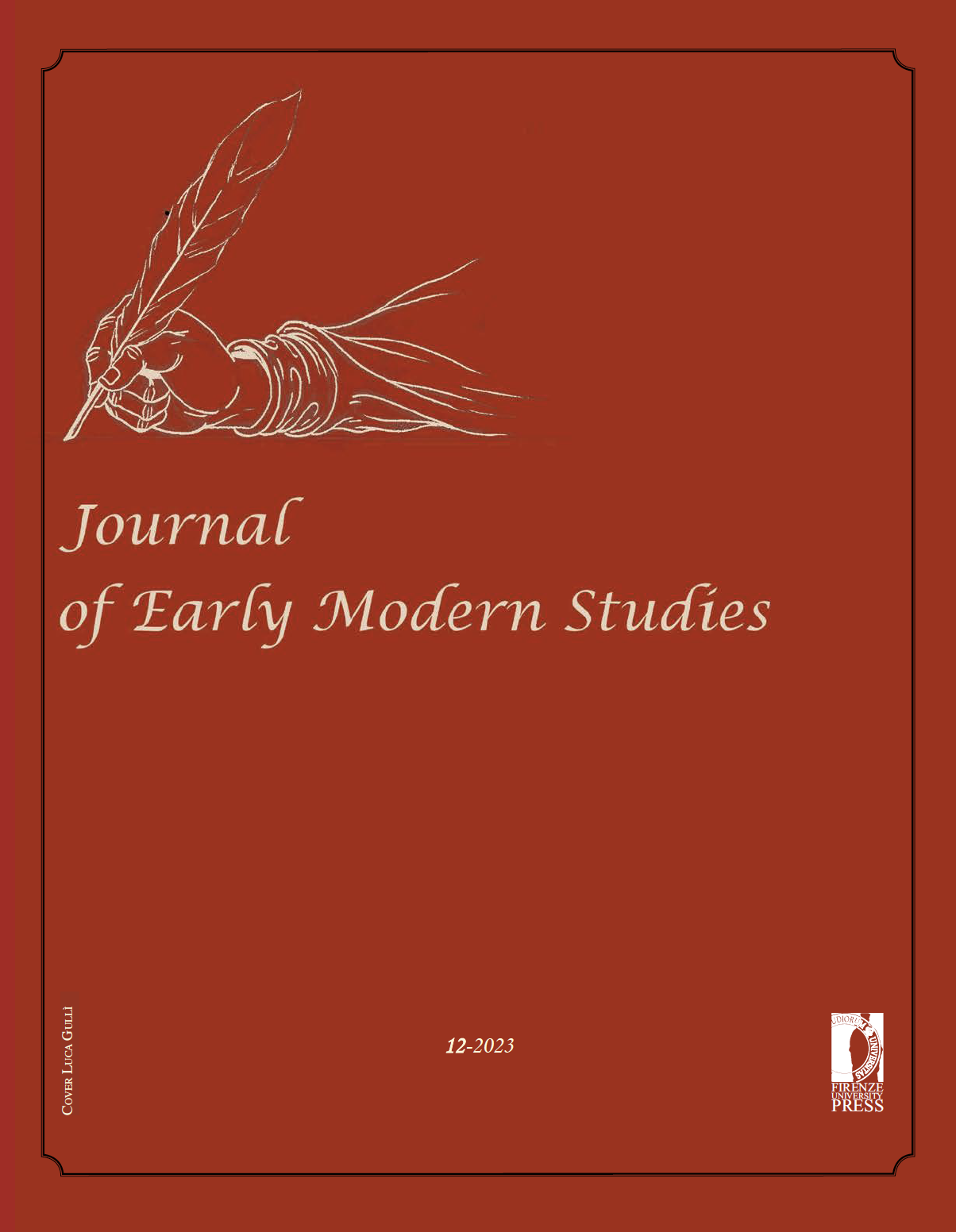Published 2024-07-31
Keywords
- Graffiti,
- Inquisition,
- Prison History,
- Subaltern Studies,
- Gramsci
How to Cite
Copyright (c) 2024 Anna Clara Basilicò

This work is licensed under a Creative Commons Attribution 4.0 International License.
Abstract
According to Spivak, the subaltern was ‘removed from all lines of social mobility’ (2004, 531), deprived of their capacity to speak and excluded from representation in both political and aesthetic senses. Such a condition is necessarily subject to sovereign temporality, thus historically determined and rooted. The marginalization is determined through three main lines of oppression – race, gender and class –, whose persistence in time is ineludible. But what happens when new circumstances are introduced and intervene, resulting in a condition of subalternity for a hitherto non-subaltern subject? The essay addresses the issue by considering the experience of early modern imprisonment in Italy through a reading of prison graffiti, viewing confinement as a condition of temporary subalternity. In the light of these premises, the essay addresses graffiti as a potential form of subaltern writing, examining two case studies from Palazzo Steri, the inquisitorial prison in Palermo (1604-1782).

